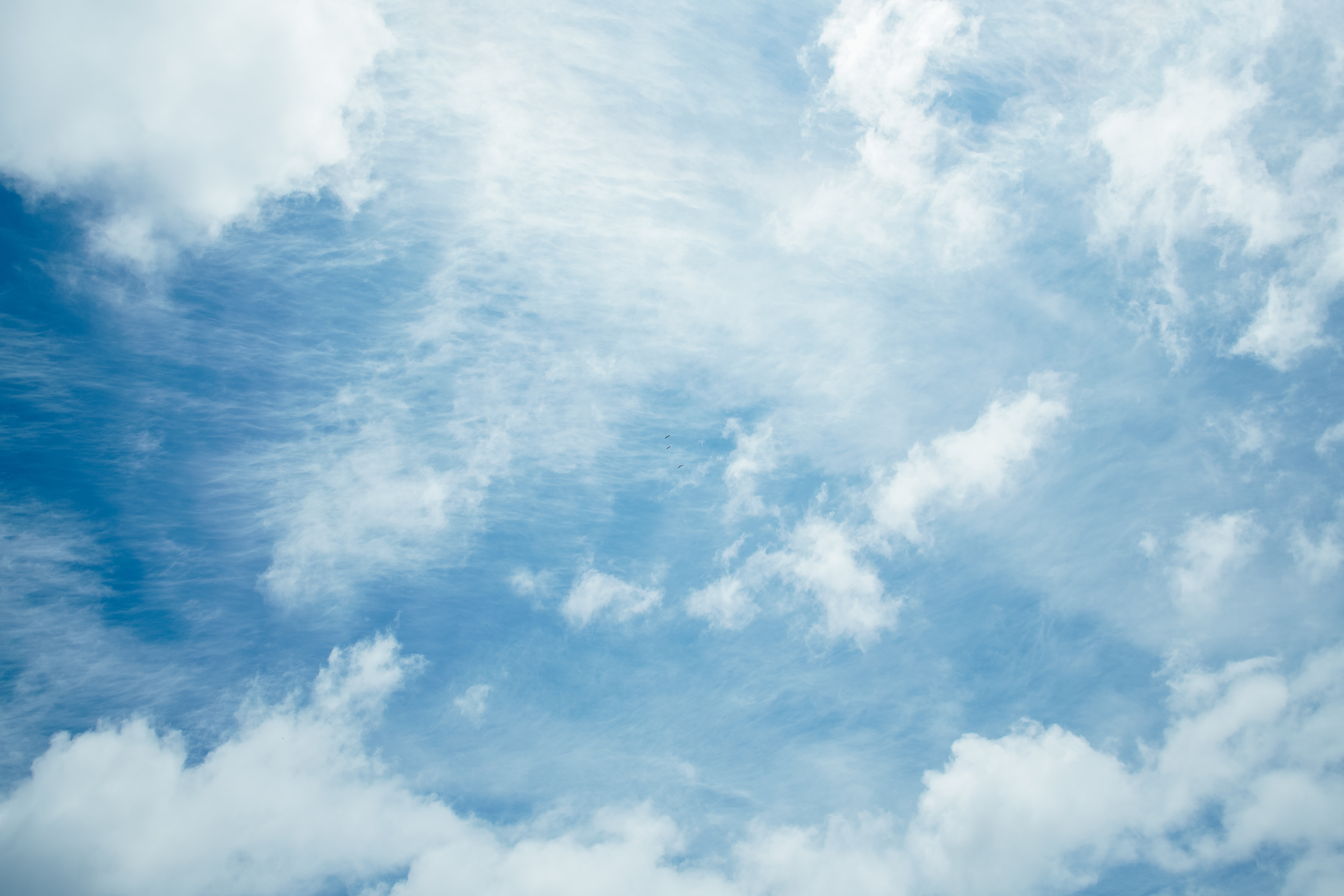
26 Feb Daylight Project seeks to build transparency
Daylight Project seeks to build transparency

TAWC’s first Collaborative Project, aimed at improving transparency around animal use in Australia, is gearing up to make some big strides in 2020.
In November 2019, TAWC held a small workshop in Melbourne with companies, animal welfare and animal rights organisations, and individuals interested in defining and pursuing greater transparency around animal use in Australia. The ongoing collaborative effort towards transparency resulting from this meeting is now referred to as the Daylight Project.

It was agreed that participant conversations in Daylight Project workshop would be held in confidence (Chatham House Rules), and the resulting definition of transparency and list of actions would not be made public until the workshop participants were comfortable with the form and content.

Following the workshop, TAWC has begun work with a handful of companies interested in piloting the first steps of making information publicly available on the Daylight Project online platform (currently being built).
Also as a result of the workshop, a draft road map to transparency, with detailed objectives and actions, is being prepared with a few of the workshop participants. Once the draft is ready, it will be circulated to all of the Daylight Project workshop participants for their review before being made public.

If you are interested in joining the Daylight Project or know of a company or organisation who would be keen to be involved, please email Dr Jill Fernandes (j.ulrich@uq.edu.au) to express interest.


